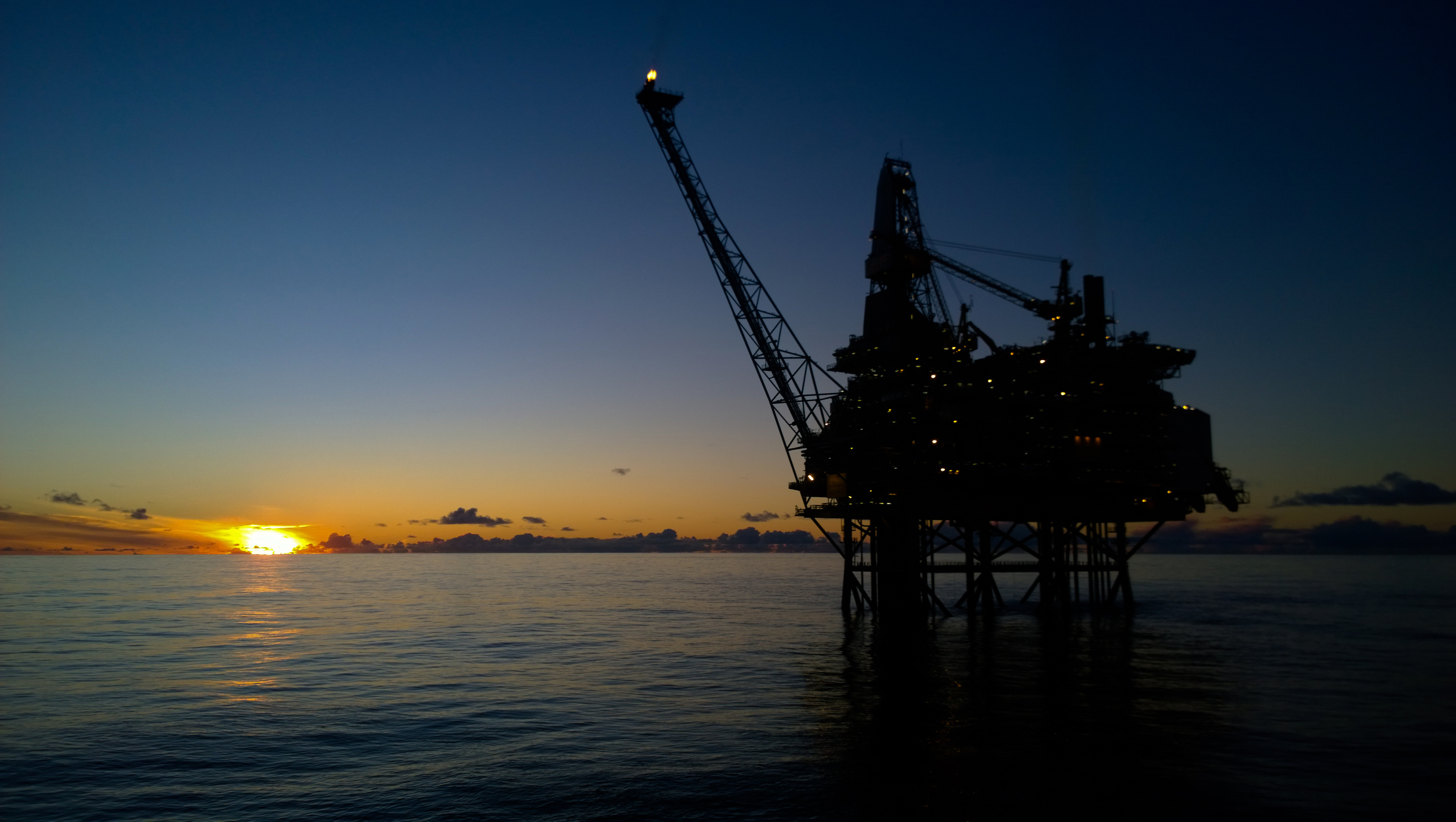
Around £200 billion will need to be spent to add a generation of productive life to the UK Continental Shelf (UKCS), according to a new report.
Oil and Gas UK’s (OGUK) Business Outlook 2019 said that exploration and production (E&P) companies would need to spend that amount to fulfil the goal of achieving a total output of at least one million barrels of oil equivalent per day (boepd) in 2035.
The report found that production has increased by 20% over the past five years, following 14 years of decline.
Total production from the UKCS was around 619 million (boepd) in 2018, or 1.7 million (boepd), which is 4% higher than 2017.
Momentum is also building around exploration activity, with up to 15 exploration wells expected in 2019, including several potentially high-impact prospects.
However the report found that continued uncertainty in commodity markets is reinforcing investor caution, with forecasts indicating a conservative outlook for prices.
OGUK chief executive Deirdre Michie said: “Our report finds an industry that’s getting better at what it does, getting smarter in how it does it and is well positioned to deliver attractive returns on investment within this environment, maintaining our global competitiveness. This is the new reality and we need to embrace it.
“However, challenges remain across parts of the supply chain, with revenues and margins still under pressure and cash flow stretched. If capabilities and resources are to stay anchored here in the UK, there must be a competitive proposition for supply chain companies to invest in too.
“With focus on adding a generation of productive life to the basin, our report reveals around £200 billion will need to be spent to find, develop and operate the reserves of the future.”
The report found that production from the UKCS continues to provide around 60% of the UK’s oil and gas demand, reducing reliance on imports.
Ms Michie said: “This is a UK industry which is critical for security of energy supply, at the heart of the move to a lower carbon economy, supports hundreds of thousands of jobs and contributes billions to the economy.
“With the new reality clear and clarity around the future potential, there is all to play for.”
Of the £200 billion around £100-£110 billion will need to be spent over the next 16 years to support production from the basin.
Other spending will be needed to unlock new investment opportunities, secure committed capital investment and manage decommissioning.
The report said: “This is an attractive opportunity that can stimulate activity and revenue for both the supply chain and E&P companies and contribute positively to the UK economy for years to come.”
The study found that around 40,000 new people will need to be attracted to the industry to achieve Vision 2035, which aims to add a generation of productive life to the UKCS while expanding supply chain opportunities in Scotland, abroad and into other sectors.
A quarter of the jobs would be roles which currently do not exist.
The report also said that companies are looking to maintain unit operating costs at current levels, with operating expenditure running at around £7-7.5 billion through 2019.

Enjoy the convenience of having The Sunday Post delivered as a digital ePaper straight to your smartphone, tablet or computer.
Subscribe for only £5.49 a month and enjoy all the benefits of the printed paper as a digital replica.
Subscribe